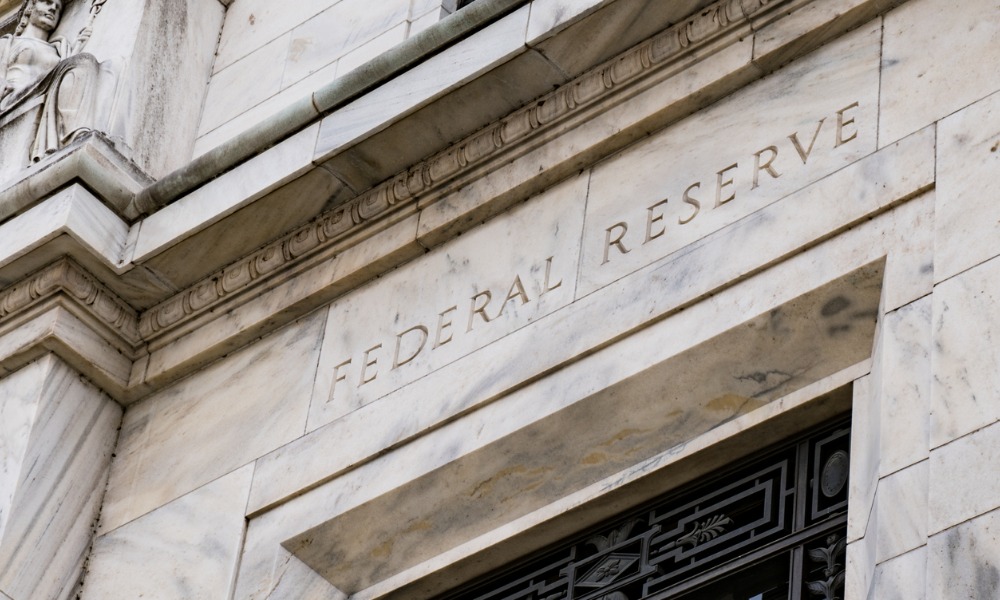Decision marks a turn in monetary policy

The Federal Reserve has decided to hold its benchmark federal funds rate steady between 5.25 and 5.5 per cent. The move, which was expected by analysts, is the third consecutive meeting where interest rates were held steady. While in past statements Fed chair Jerome Powell and other Fed bank governors left the door open to further interest rate increases, this decision to hold has been greeted as confirmation by many investors and analysts that the interest rate hiking cycle is now over.
“Recent indicators suggest that growth of economic activity has slowed from its strong pace in the third quarter. Job gains have moderated since earlier in the year but remain strong, and the unemployment rate has remained low. Inflation has eased over the past year but remains elevated,” a statement accompanying the decision reads. “The U.S. banking system is sound and resilient. Tighter financial and credit conditions for households and businesses are likely to weigh on economic activity, hiring, and inflation. The extent of these effects remains uncertain. The Committee remains highly attentive to inflation risks.”
The current level of interest rates still represents a 22-year high, having been brough about in one of the steepest and most aggressive hiking cycles in recent memory. The Fed has stated its goal of taming inflation, bringing it down to a target rate of 2 per cent. At the same time, unemployment and overall economic growth remain considerations.
So far the US economy has shown signs of a ‘soft landing’ with both GDP growth and jobs numbers coming in higher than expected. While inflation has fallen in recent months, it ticked up slightly in the most recent report which may point to interest rates staying ‘higher for longer.’
A recently published forecast from Vanguard greeted the shift towards higher rates as “the single best economic and financial development in the last 20 years." They say that a return to ‘sound money’ — real interest rates above zero — will reset borrowing and investment behaviour, offering a greater preference towards fixed income investments.
Central banks are expected to cut interest rates next year, but at a far more gradual pace than they hiked. Moreover, most analysts do not predict any kind of a return to the near-zero interest rates we saw during and immediately after the COVID-19 pandemic. Consensus projections expect that the Fed will hold rates where they are until at least May of 2024.
Read more: What another year of growth means for ETF industry | Wealth Professional
“The Committee will continue to assess additional information and its implications for monetary policy. In determining the extent of any additional policy firming that may be appropriate to return inflation to 2 percent over time, the Committee will take into account the cumulative tightening of monetary policy, the lags with which monetary policy affects economic activity and inflation, and economic and financial developments,” the statement reads. “In addition, the Committee will continue reducing its holdings of Treasury securities and agency debt and agency mortgage-backed securities, as described in its previously announced plans. The Committee is strongly committed to returning inflation to its 2 percent objective.”



